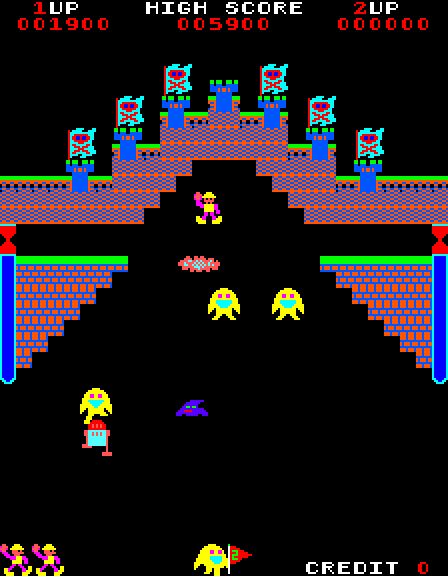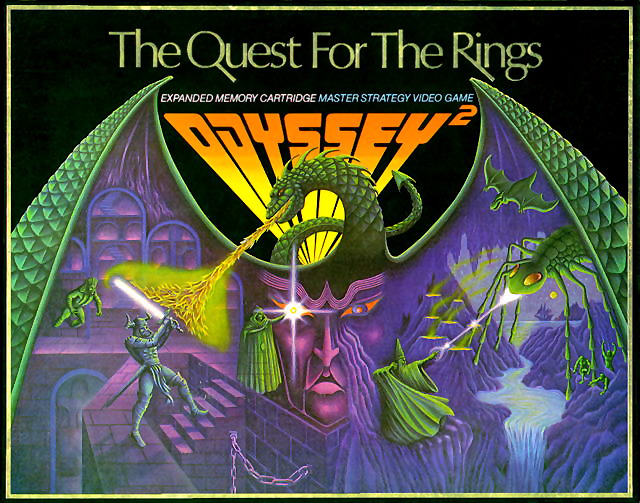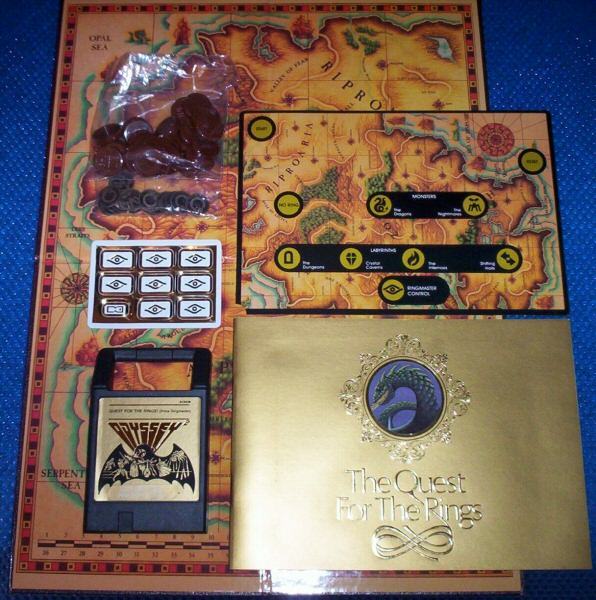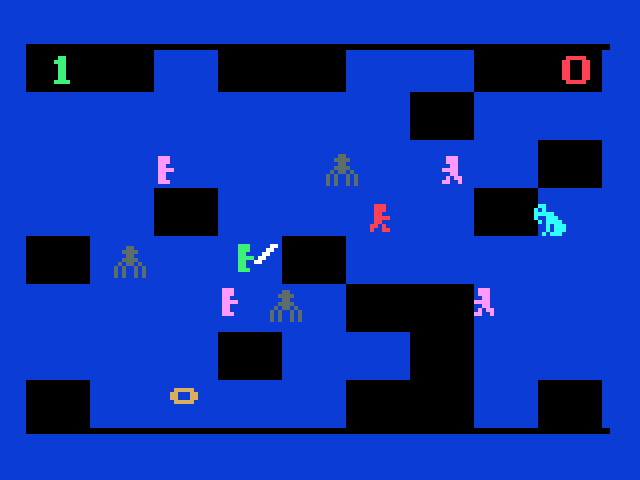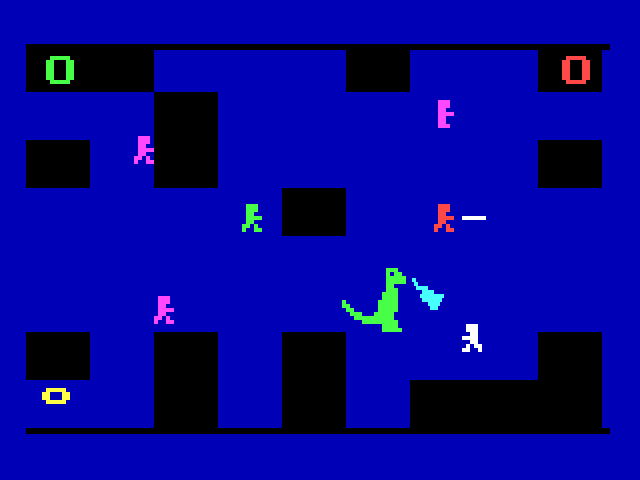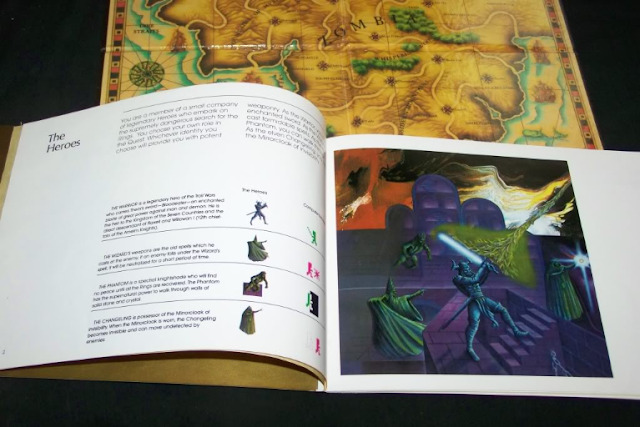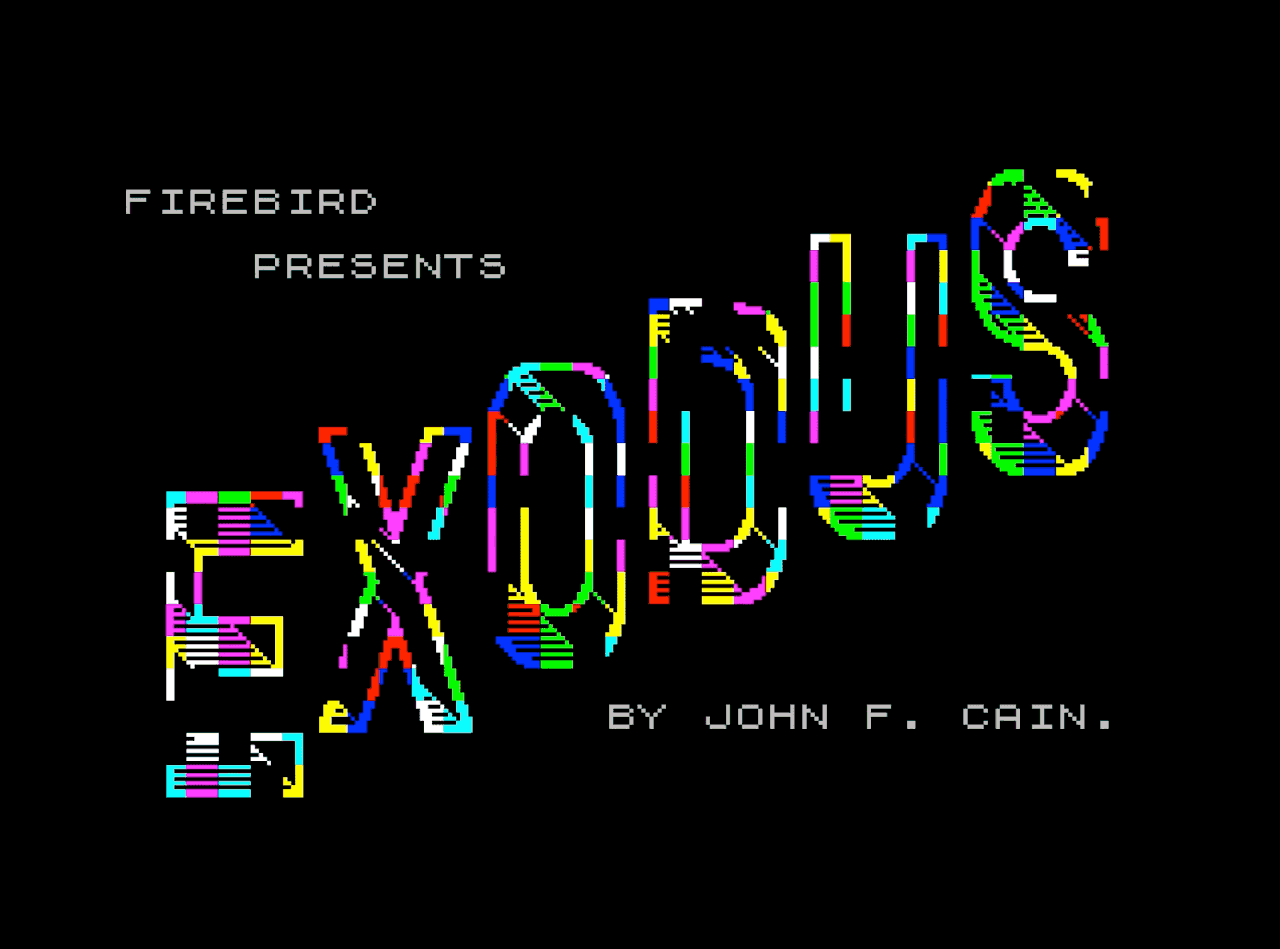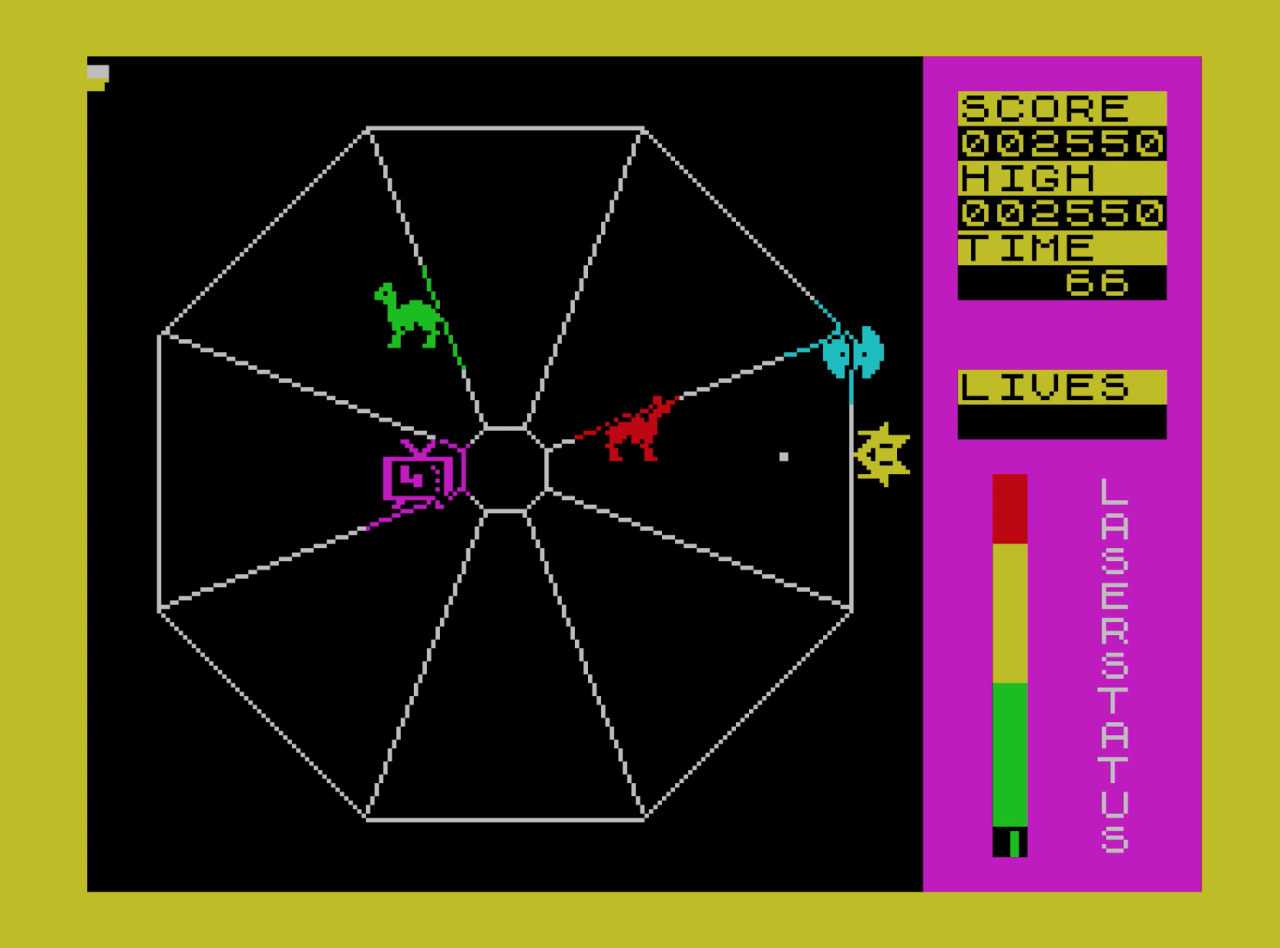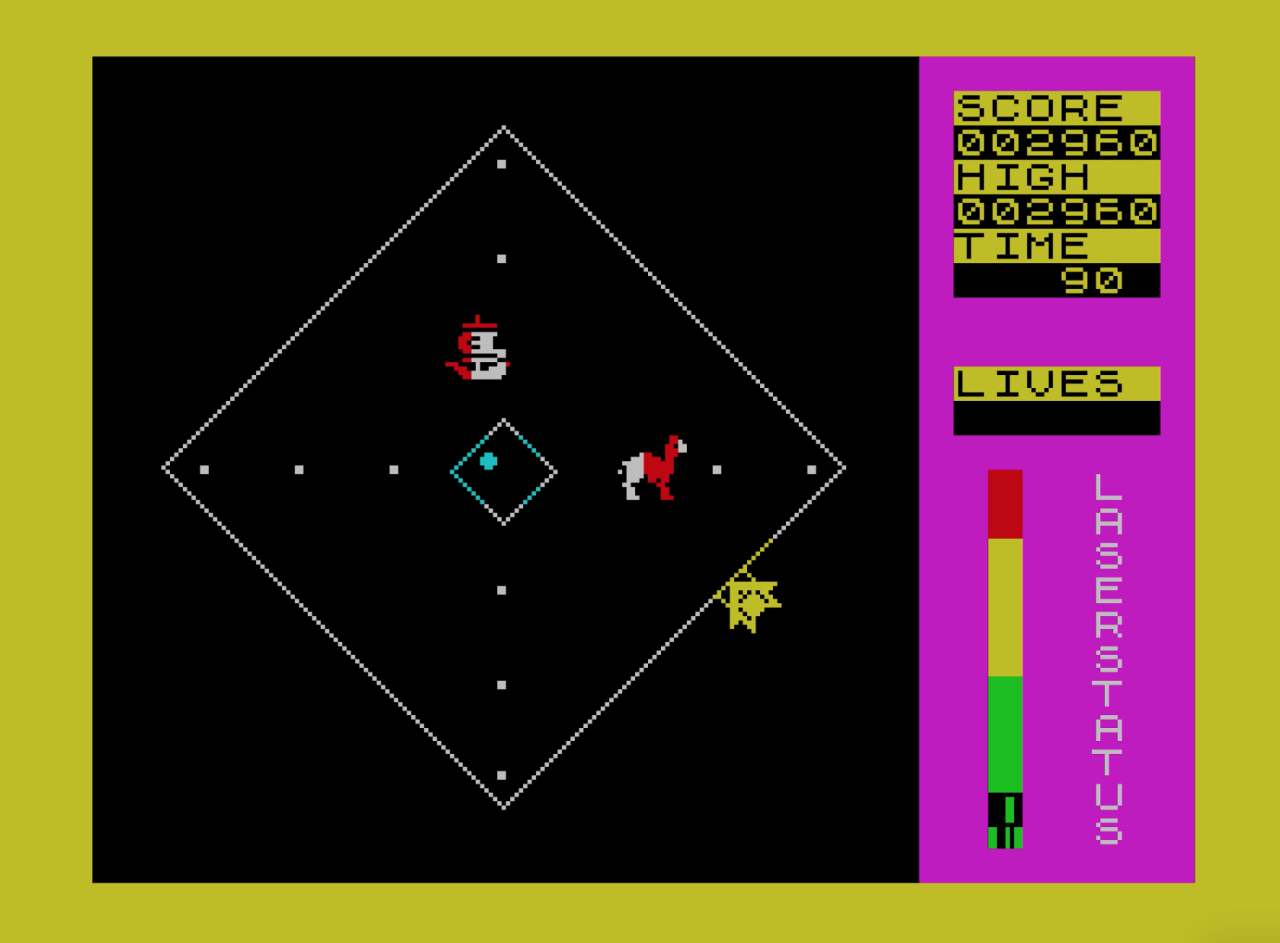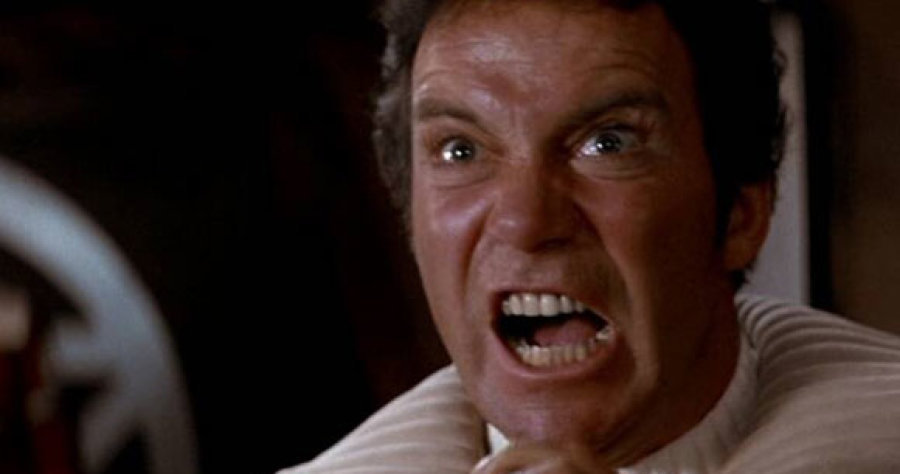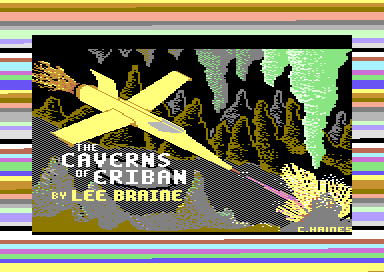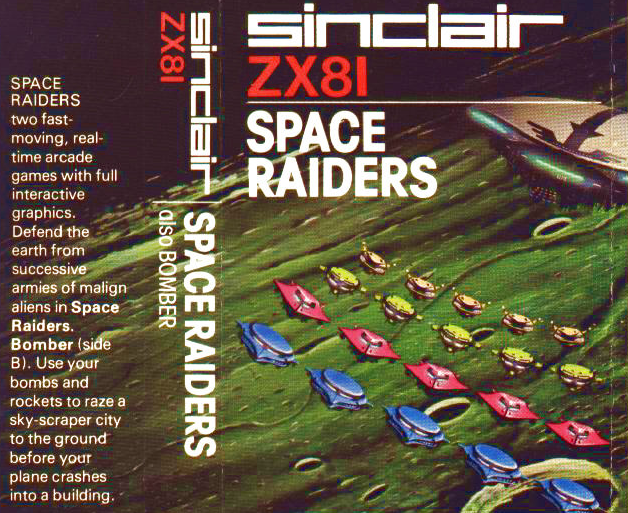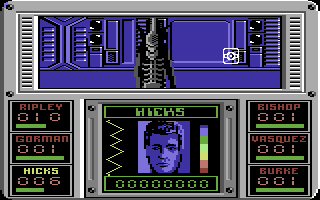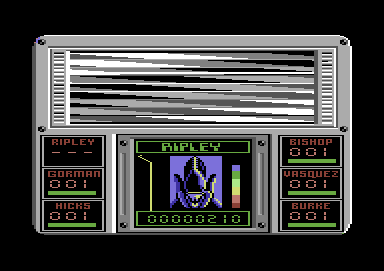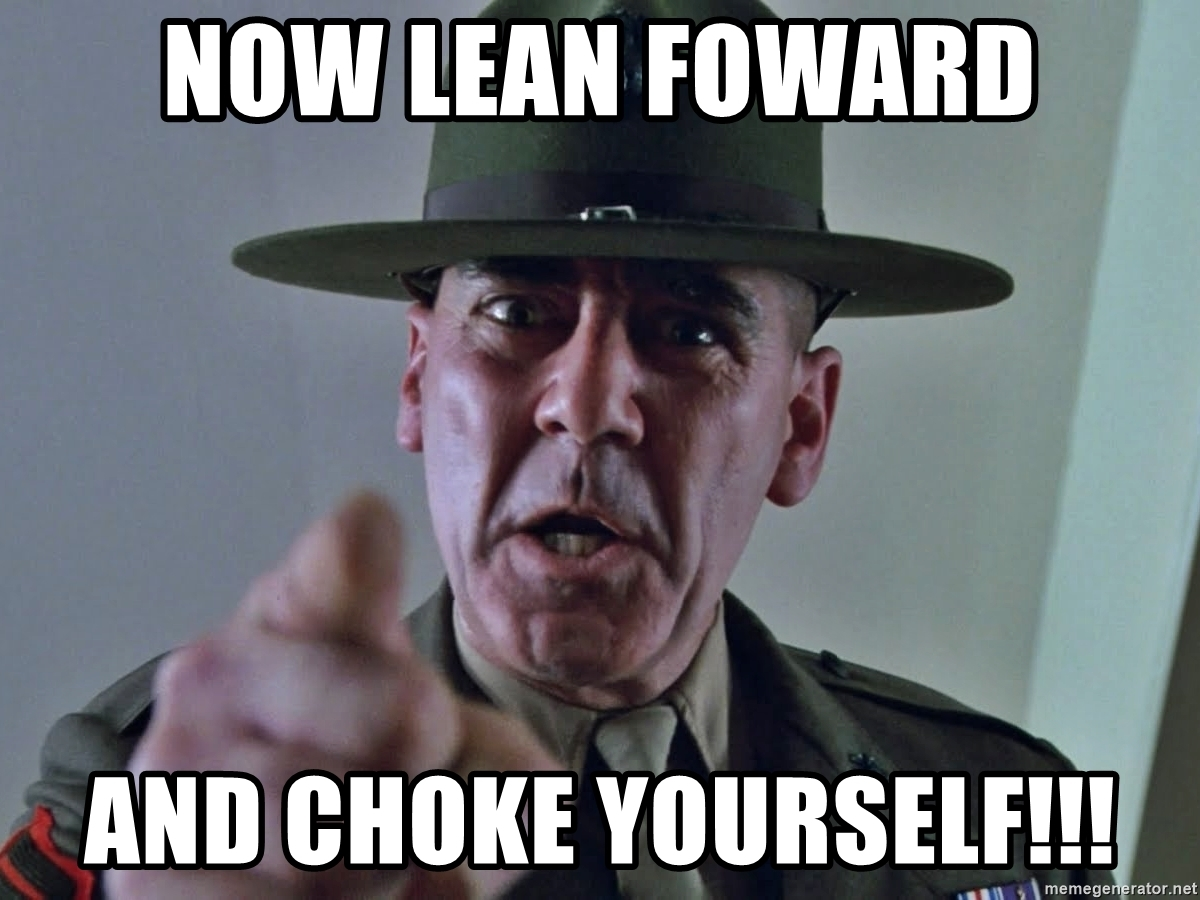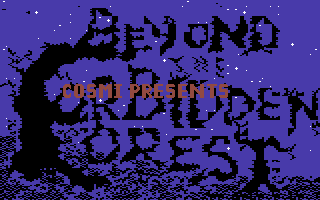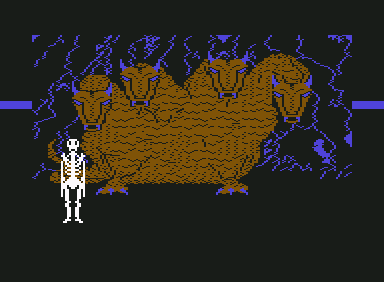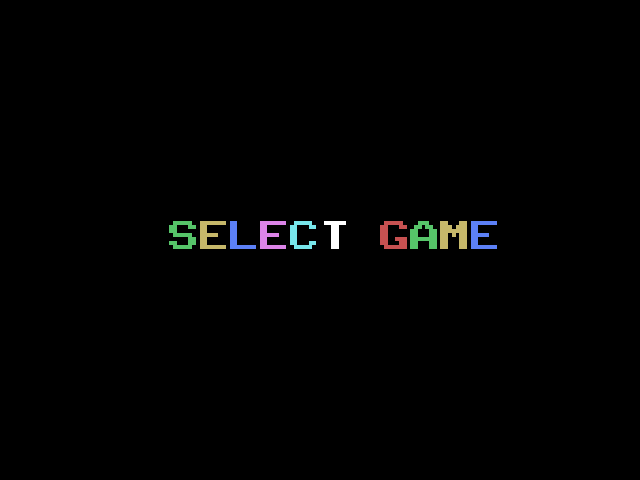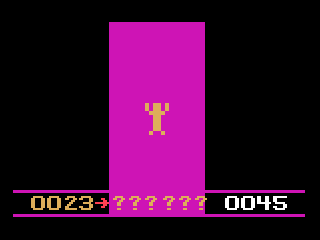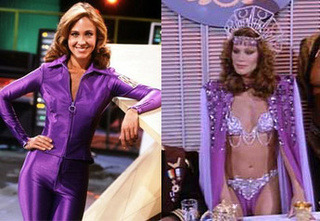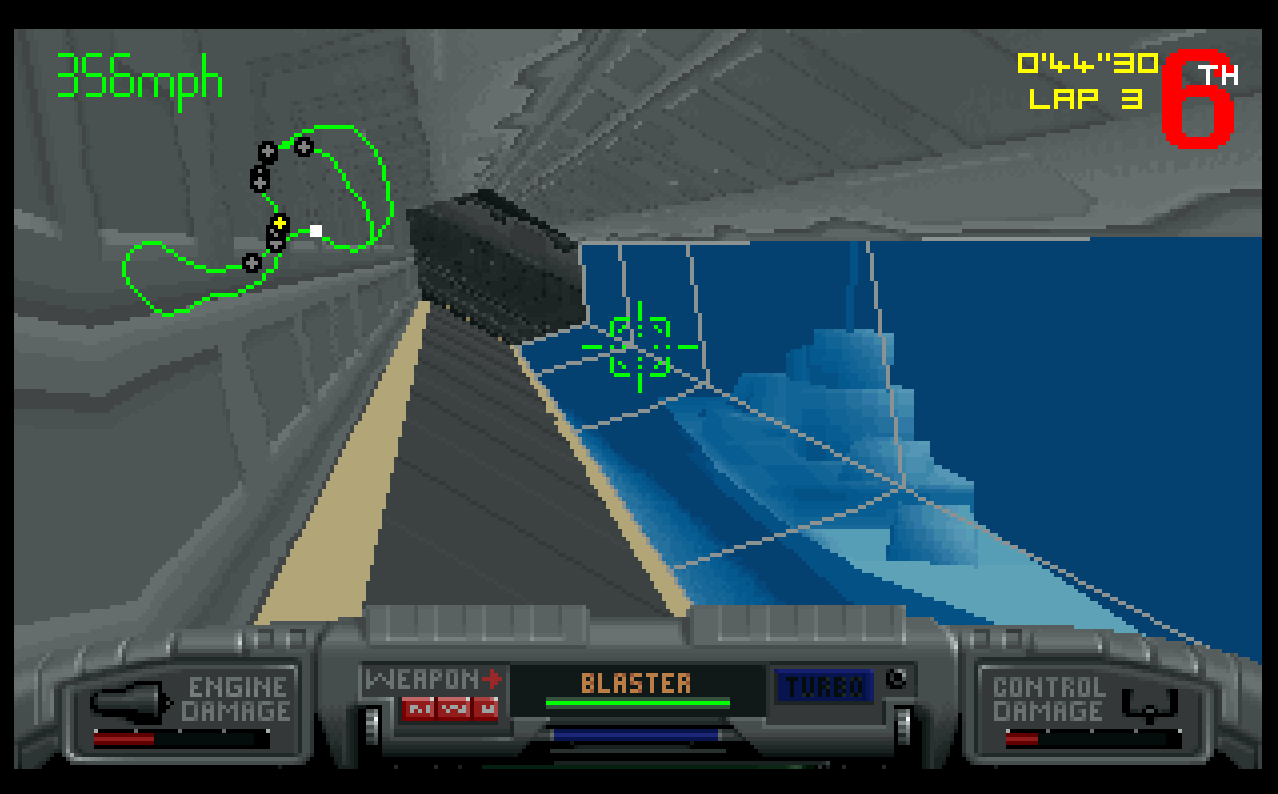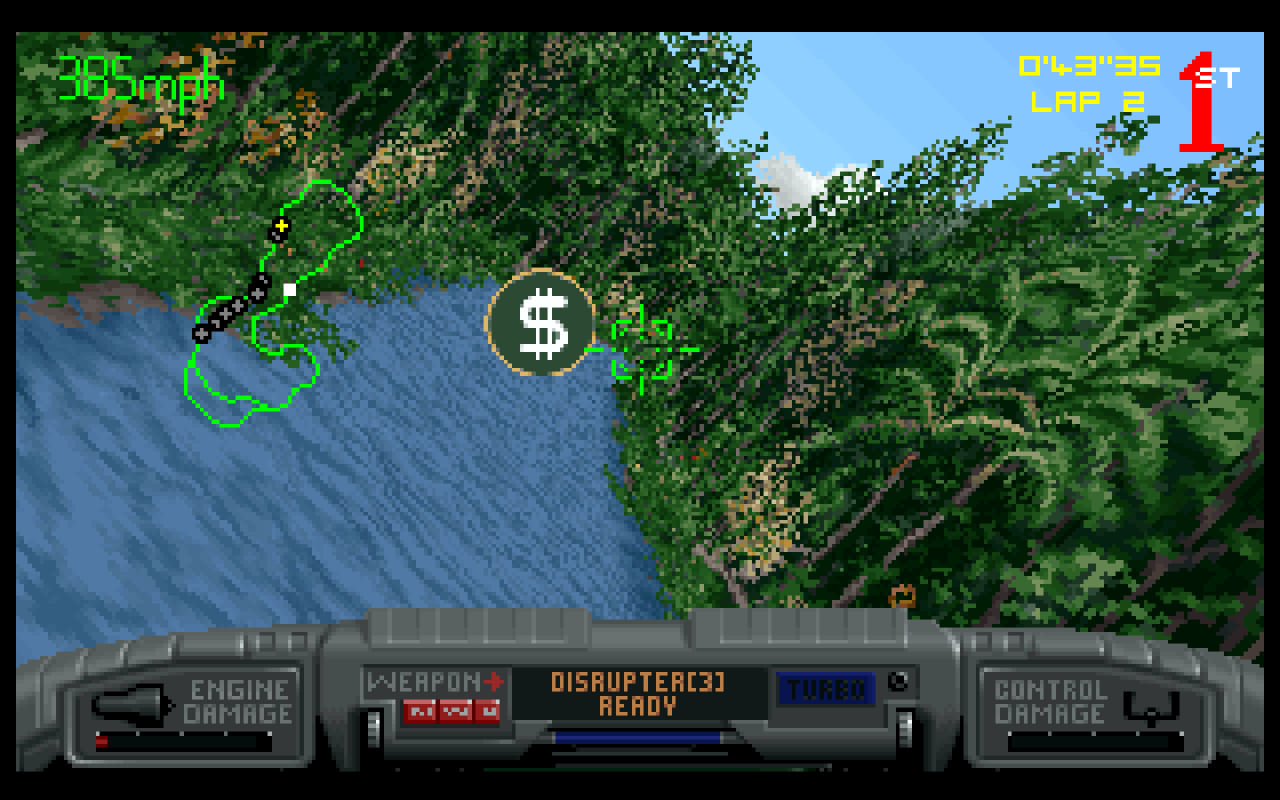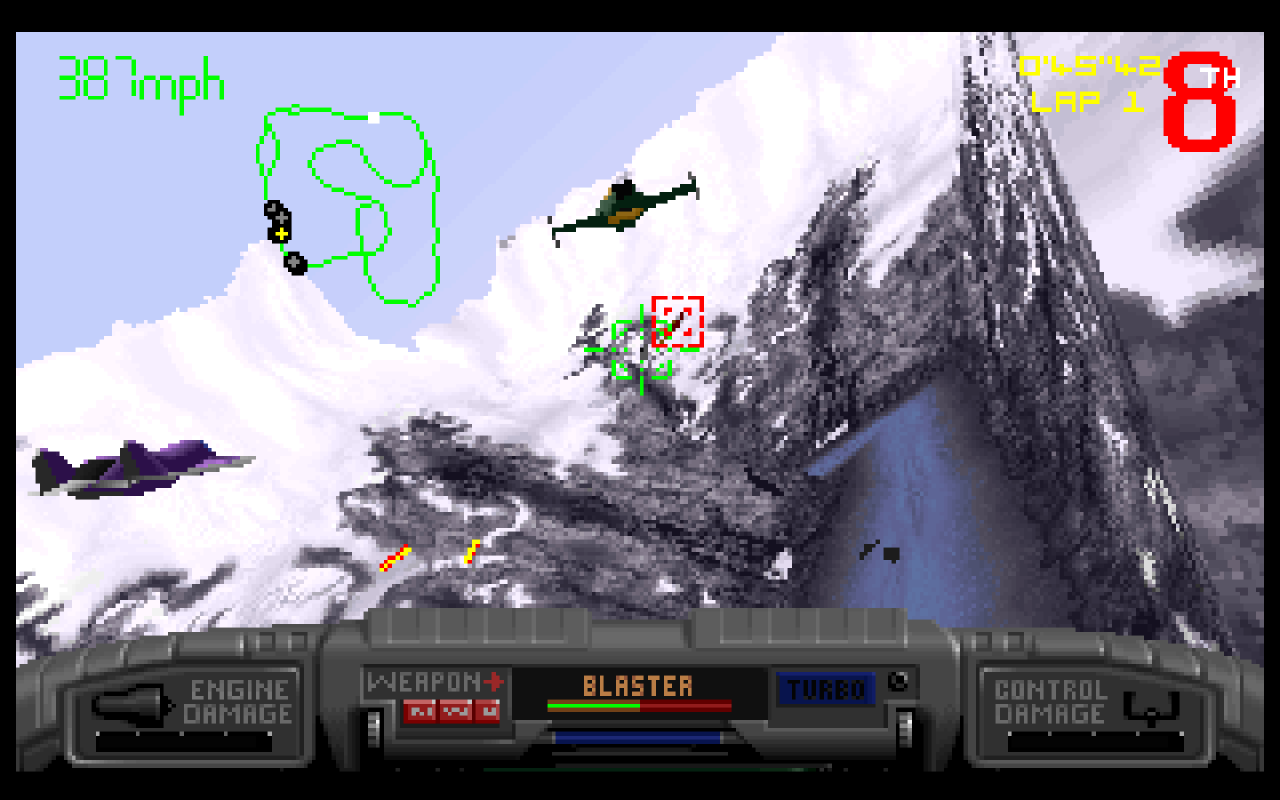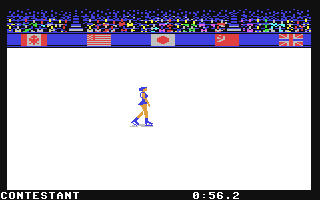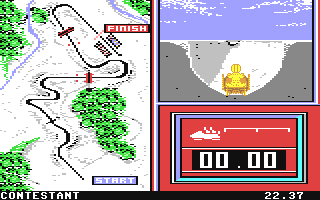Game Review: Dragon Buster
Namco / 1985 / Arcade
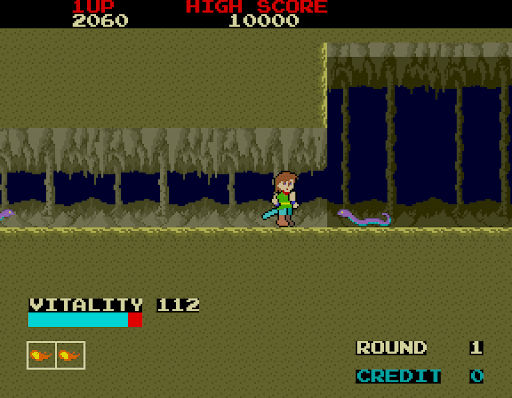
Guide hero Clovis on an epic journey to rescue Princess Celia, who is being held captive by a fearsome dragon deep in its underground lair. Fight your way through five different treacherous locations on your way to the fair maiden and glory!
I was looking for my brother who had wandered off on a trip to a local seaside town. Seaside towns were exciting for a number of reasons. The beach. Ice-cream. Cheap plastic toys. But chief among them for me was the opportunity to check out and play the latest arcade games. My brother was generally as excited at finding these games as I was, and so it was no big surprise when I finally caught up to him in a café transfixed by a glowing monitor in the corner. The game in question was one neither of us had ever seen before, or would ever see again… Dragon Buster!
Sigh… here’s yet another obscure little coin-op that I somehow remember in place of more meaningful things that may have happened to me as a boy…
I’m not sure exactly what it was that grabbed me about Dragon Buster, but it has a fair bit in common with other games I enjoyed much later on like Wonderboy in Monster Land and Zelda II. It’s kind of an early prototype for side view action games with lite RPG overtones. In many ways the game is more reminiscent of something you’d play on a home computer, with a level of choice and exploration completely lacking from the majority of arcade titles in ‘85.
Firstly, you get a kind of overworld map screen where you can choose your route to the dragon’s lair that ends each stage. OK, it’s hardly open-world exploration, but you do get the opportunity to choose a path with your preferred locations to fight though.
There are a mixture of five basic location types before your face off with the fire breathing princess-napper.
- The Cave. A simple set of rooms and corridors in a straight line.
- The Tower. Set over many floors, you’ll have to travel by ladder to find the way out.
- The Boneyard. A spooky ossuary filled with winding tunnels where you’ll meet skeleton bosses at every turn.
- The Mountain. Lots of descents down pits as you travel to the bottom.
- The Ruins. A mix of bits from the other locations.
You also have a single life with a heath bar, which was a pretty unusual feature in the instant death world of the arcade. This makes the game feel fairly generous, at least in its early stages. I have also read that this was the place that the idea of a ‘double-jump’ was first introduced (where you can make a second jump while still in the middle of the first). The jumping mechanics are, however, notably poor here, so it’s possible this may not even have been an intentional feature.
Once you enter a location, Clovis is often presented with multiple corridors and ladders in search of an exit. As you explore you’ll uncover rooms containing mini-bosses that, once defeated, will drop either a useful item or reveal the way back to the overworld.
The rooms in each location are dimmed out before you enter them, like you’re walking in on a surprise birthday party… with a tough wizard or skeleton as the lucky birthday boy or girl. It’s quite a pleasing effect that seems stolen from a more serious role playing game. The items you pick up here can be the difference between making it to the next set of levels or expiring down in the depths. They include heath restoring potions, improved weapons, a mushroom that increases the length of your health bar and fireball spells that you can shoot at enemies. The fireballs can be stocked up for later use and have been given their own dedicated button. After exiting every location a chunk of Clovis’s health bar will refill.
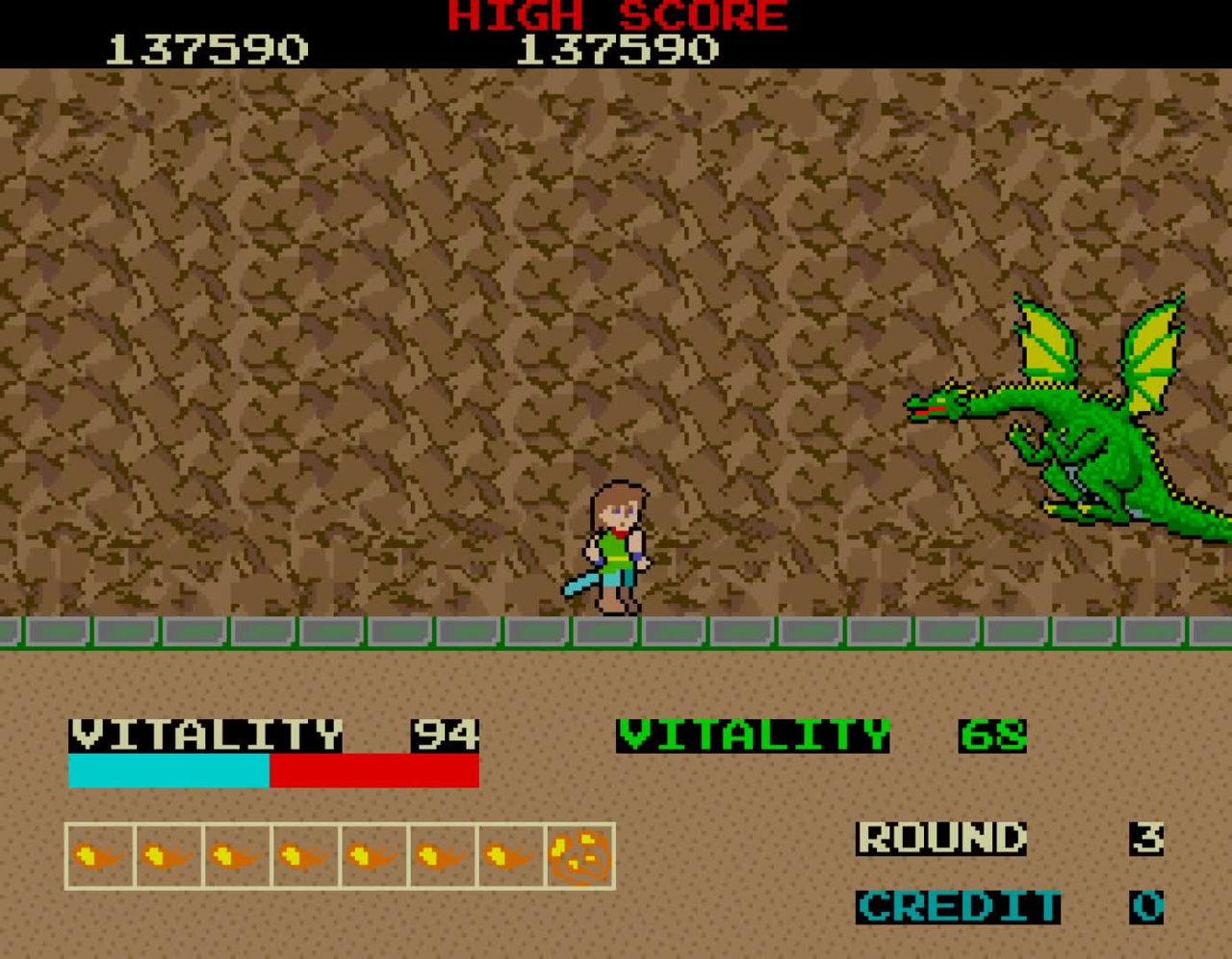
- Shakedown. Breakdown. Takedown. Everybody wants into the crowded line. Breakdown. Takedown. You’re busted.
Once you get to the dragon’s lair at the end of the road you’ll have a fight on your hands to reduce its health bar down to zero and move on to the next set of locations. These will be made up of the same basic set of five, but with more corridors and rooms filled with tougher and more aggressive enemies.
If you make it past the dragon on certain levels having found a crown or scepter you’ll get a brief scene where princess Celia shows her gratitude. If you have both she’ll be wearing a skimpy outfit and will give Clovis a kiss. Phwoar! As is usual for a game from the 80’s, there’s a tacit understanding that the player simply must be a white heterosexual male.
I believe this game is much better known in Japan, which is why it has appeared on various Namco retro arcade collections over the years, on machines like the PS1 and PSP. It even has a Famicom (Japanese NES) port. It appears that nobody gave a damn about it anywhere else though, with no western console or home computer conversions and nothing but blank stares and uncomfortable silences if you mention it today.
So, this is really quite an interesting effort for the time, but how does it hold up now? Sadly, it’s a pretty mixed bag. For every enjoyable aspect there’s an equal and opposite misstep.
The jumping is not assigned to a button, but to ‘up’ on the joystick, which makes navigating the ladders and escaping monsters a clunky mess. Surely ditching the dedicated fireball button would have made more sense?
Worse even than that, the combat feels mushy and unsatisfying. Your sword has a very short range, and enemy hits knock you back. You can easily end up being juggled in the air, taking damage without reply. The skeleton bosses are particularly annoying and can end up causing a lot of damage you’ll feel couldn’t be avoided.
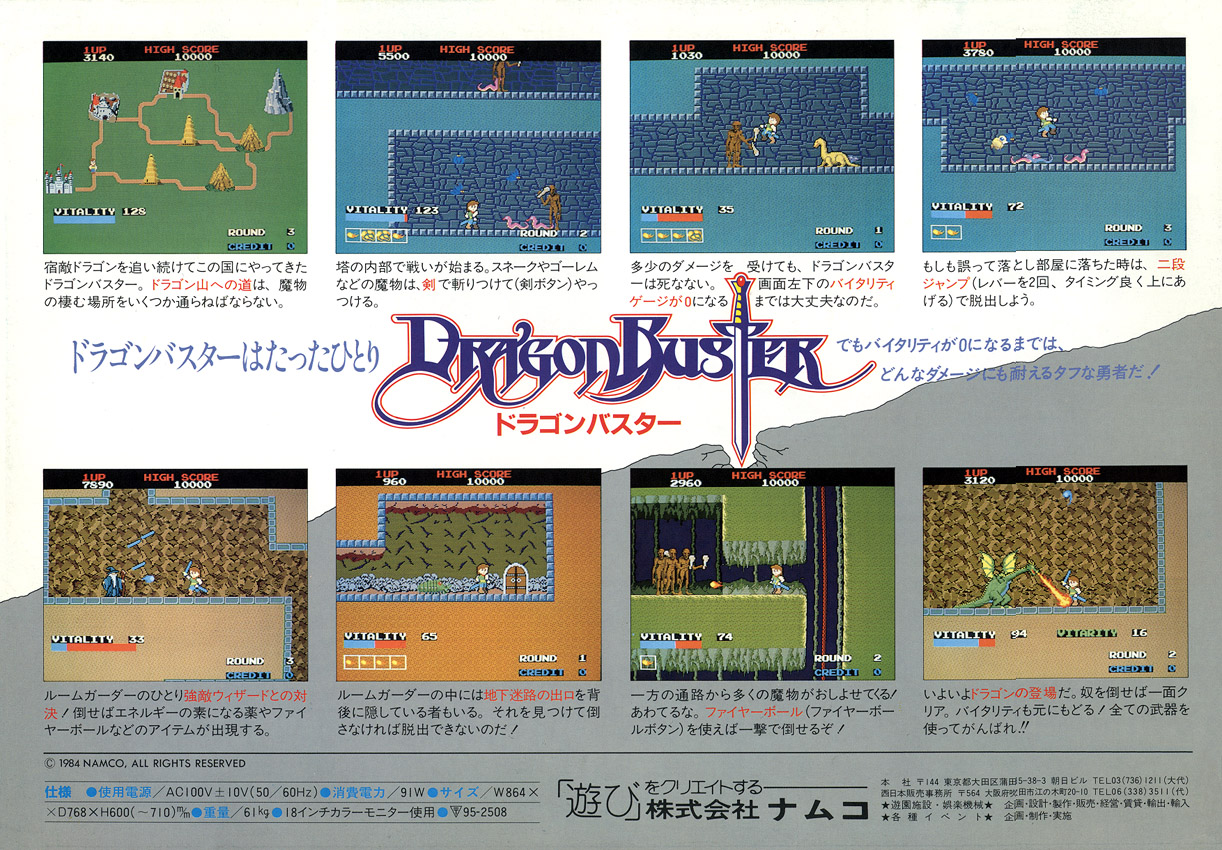
- This was popular enough in Japan to be turned into a boardgame.
The graphics, while certainly acceptable for the era, are a little ‘off’, with the hero Clovis in particular looking like his arms have been put on back to front.
Finally, it also gets a little bit repetitive after a while, with the same 5 repeated level types and many of the same monsters appearing again and again.
So no forgotten classic then, but just about good enough to nudge into the bracket of ‘interesting failure’.
Playing it today
Easily emulated using MAME, but you can also pick it up (along with various other Namco arcade titles) on Namco Museum Volume 2 for the PS1, Namco Museum Battle Collection for the PSP or Namco Museum Virtual Arcade for Xbox 360.
It was also converted to the Famicom, and is playable via emulation or on Namco Museum Archives Vol 1 on Nintendo Switch. The Famicom version has quite a few changes to the arcade, with larger sprites and a more zoomed in view of the action. It’s alright as conversions go, but if you’re going to play this the arcade version is recommended.
Commentariat
Meat: This is quite an odd little footnote to Namco’s illustrious arcade heritage. They seem quite keen on it since it keeps popping up (along with Tower of Daruga) on various retro collections. It’s half a good game, and some of the ideas were really quite prescient, but if there’s one thing I can’t stand it’s games that bounce you back and forward like a beach ball in the wind when you get hit. Worse, Clovis has a shocking mullet and looks like he’s spanking one out when he walks.
Pop: I’ve always had a soft spot for Dragon Buster after first spotting it in an arcade all those years ago. I also recognise that it was quickly left behind by the rapid pace of game development at that time. You’d be better off thinking of it as a prototype for better things to come. The game mechanics of the best remembered ‘classics’ from the early 80’s are often still sound due to their appealing tightness and simplicity. The fact is that Dragon Buster is too loose and inconsistent to be worth a hearty recommendation today. Still, I got some enjoyment from dusting it off again, and there are certainly much, much worse games out there.
Score card
Presentation 6/10
A simple title screen and a fairly standard attract mode. Nothing bad here, but nothing particularly revolutionary either.
Originality 8/10
There simply weren’t any other arcade games quite like this at the time. The mixture of map screen, health bar and other ‘RPG lite’ mechanics made this a highly original offering, though it may not seem anything special today.
Graphics 6/10
A real mixed bag. Everything is bright and cleanly drawn, and the enemy designs are quite appealing. However animation is minimal, and the player character looks anatomically incorrect. It’s built on the same basic hardware as Pac-Land, but it certainly doesn’t make the same jaw-dropping ‘cartoon brought to life’ impression that game did on release.
Hookability 7/10
The game has a fairly approachable difficulty level, and there’s quite a sense of mystery to exploring it’s locations en route to battle with the dragon.
Sound 6/10
A jolly little tune burbles along while you explore the levels. It’s not unpleasant, but it’s also a total mismatch to the adventure being portrayed on screen. Something more spooky plays when you face off against one of the mini bosses in an item room. Sound effects are fairly perfunctory.
Lastability 6/10
Has quite a few levels to work your way through which become increasingly complex. These suffer from serious repetition, and you won’t see anything genuinely new after the first few sets, which really kills any desire to keep playing.
Overall 6/10
Better examples of this type of game abound, but Dragon Buster got there first, and for that it deserves some recognition.

